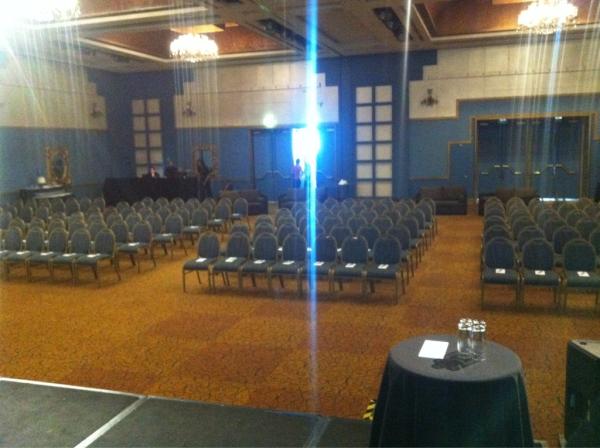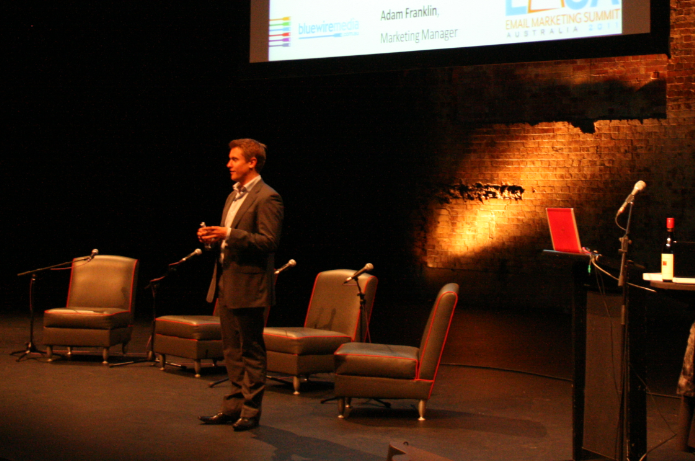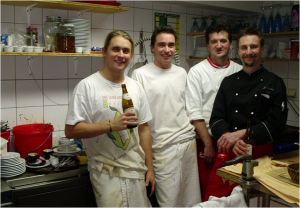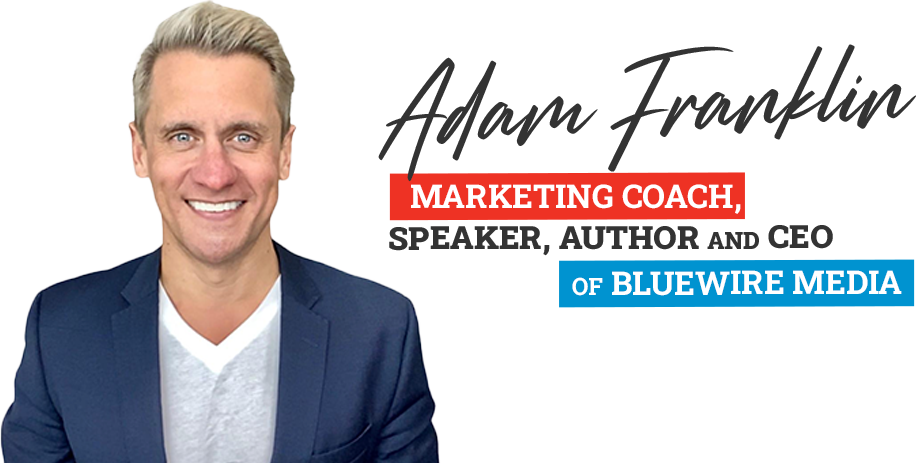 Sometimes what works for Yanks doesn’t always wash with us Aussies, especially when it comes to speaking!
Sometimes what works for Yanks doesn’t always wash with us Aussies, especially when it comes to speaking!
So I approached this book with a very open mind but was also prepared to adjust on the fly as I put Brian’s advice into practice.
By the end of 2011, I will have done 10 public speaking appearances, 1 television audition and 1 radio interview, so I’ve been able to apply many of these speaking tips.
Here’s what I learnt.
1. Do as much speaking as you can.
It’s just like any other skill but speaking is possibly the most important of all. There are NO short cuts. Brian constantly reminds you, if you want to be a better speaker, do more speaking!
2. Pretend you are auditioning for a Hollywood movie.
Experiment with tone, pace and emphasis. Practice by reading poetry aloud. You’re best off doing this on your own and then in the car once you know the words off by heart!
Brian Tracy’s favourite poet is Robert W Service and you can find all his poems online.
3. You are the main event, not Powerpoint.
If you must use Powerpoint, make sure you are main show and Powerpoint is the supporting act. If you must use words on your slides, bring up one line at a time, and no more than 5 words per line.

4. Always do a full rehearsal 5 times before show-time!
Ideally film yourself and give the talk to someone you trust so they can give you constructive and honest feedback. And always test all your slides and videos on site. It’s amazing how many times they’ll decide not to work on a new projector on the day.
5. Practice pays off!
You have three speeches. The speech you plan to give, the speech you actually gave, and the speech you wish you gave. The more you practice the more the three will converge!
6. Overcoming nerves.
Everyone gets nervous before a presentation. It’s natural and it’s your body’s way of getting energised before giving an important speech. If you’re not a bit nervous, you’re heart’s not in it.
You can address your nerves by speaking to people beforehand, look at them while you speak and tie them into your talk in a positive way.

Also do breathing activities 5 minutes before you’re on. Breath in the nose for 5 seconds. Hold it for 5 seconds. Then breath out through the nose for 5 seconds. Go for longer if you can. It will calm you down and put plenty of oxygen in your lungs!
7. Your 60 sec introduction.
Too many MCs fail at their task of introducing speakers. They fail because they don’t appreciate how important it is to give the audience a reason to listen and they aren’t prepared.
Of course it is very difficult (and culturally frowned upon in Australia) to talk up your own accomplishments and this is why MCs should do this for you. Make their job easy by sending them with a 60 sec introduction that they can read out. And print out a spare to take on the day in case they forget).
Always put your name last and accomplishments first. It builds suspense. For example:
“Today’s speaker is…. such and such at Company XYZ and will teach you about XYZ … and has achieved XYZ… (remember always finish with your name) … Please welcome… Adam Frankin“

8. Once you’ve been introduced.
Walk up to the stage, stand tall, stand still, smile, look at four different people in the audience, wait for silence (this builds anticipation and shows you’re confident) and start with a friendly statement.
9. Your opening statement.
You should always know your first 60 seconds and last 60 seconds off by heart. The rest will come to you if you’ve practiced enough.
There are several opening statement techniques you can use. My favourite is to draw a connection from your experience to the audience’s industry. I like to tell a personal story and use a real photo as the slide if I can. For example, to the FSAA (Foodservice Suppliers Association Australia).
I told the story of how I’d worked in kitchens in Austria, Greece and Spain and how that meant I suddenly became multi-lingual in four letter words.

It resonated since many of them had started their careers in a kitchen or were chefs or caterers.
Alternatively, thank the organiser, comment on local news or compliment the audience, although I’ve found this last technique doesn’t work as well with an Australian audience so I’ve stopped using it.
10. Give them a teaser and 3 reasons to pay attention
Highlight what’s in it for them and try to speak in 3s. For example
[teaser] I have some good news. [1] Now is the best time in our life time to be marketing your business. [2] The web tools we have available to us now are free and they didn’t exist 10 years ago. [3] And the opportunity for you to get ahead of your competition is right now.
Your job is to learn how to use them and my job is to teach you!
11. Always dress equal or better than the audience.
You’ve got to look the part!
You can buy Speaking to Win by Brian Tracy on Amazon (affiliate link). Brian Tracy’s tips have enabled me to be much better speaker. I now have two speaker bureaus representing me and I have been able to increase my fees as a keynote social media speaker from $550 to $3,300 in the space of 12 months. If you’d like to book me to speak, I’d love to hear from you!
And I’d love to know if these tips work for you!
PS. Here are more speaking resources I’ve found:
How To Be The Best Public Speaker on the Planet – James Altucher
11 Unusual Methods for Being a Great Public Speaker – James Altucher
Nine steps to Powerpoint Magic – Seth Godin

